Home / Healthcare & Medicine / Antimicrobial & Antibiotic Resistance / The Role of Antifungal Stewardship / How do Fungi cause disease? – Part 1

Reach your personal and professional goals
Unlock access to hundreds of expert online courses and degrees from top universities and educators to gain accredited qualifications and professional CV-building certificates.
Join over 18 million learners to launch, switch or build upon your career, all at your own pace, across a wide range of topic areas.


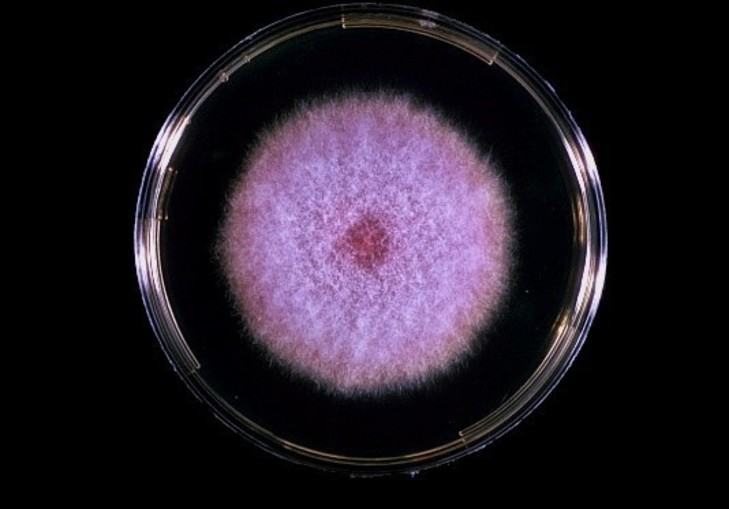 Fusarium sp. on dextrose agar plate
Fusarium sp. on dextrose agar plate 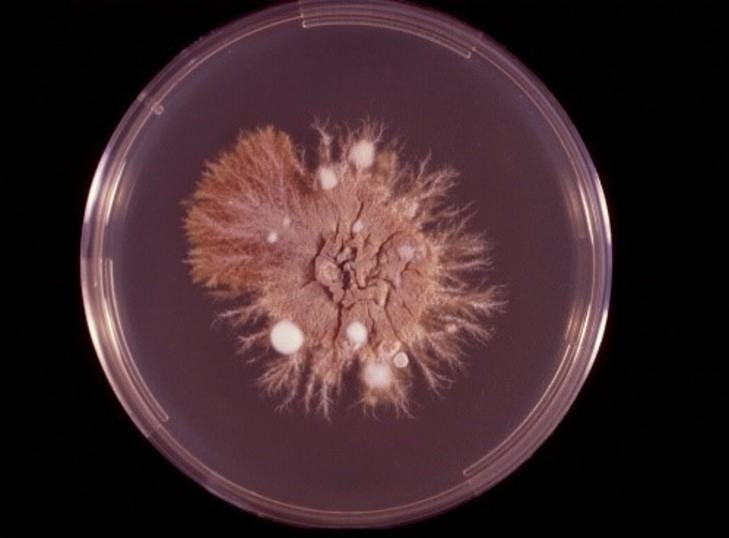 E. floccosum on agar plate
E. floccosum on agar plate
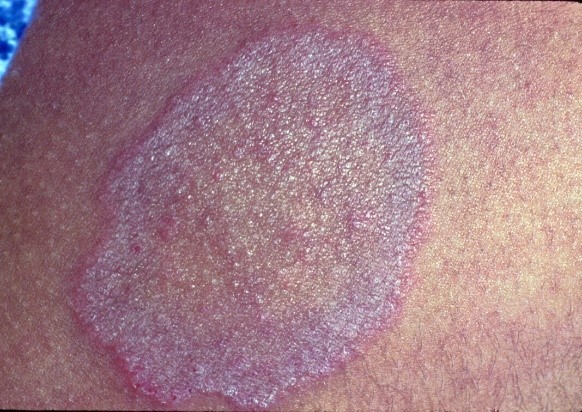 Superficial fungal infection of trichophyton tonsurans
Superficial fungal infection of trichophyton tonsurans 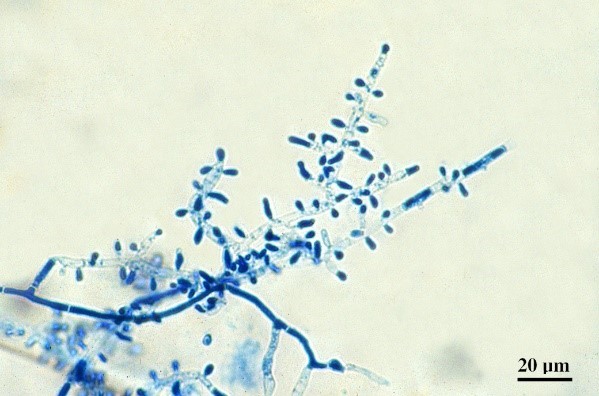 Trichophyton tonsurans under the microscope
Trichophyton tonsurans under the microscope
 A patient suffering from cutaneous candidosis
A patient suffering from cutaneous candidosis 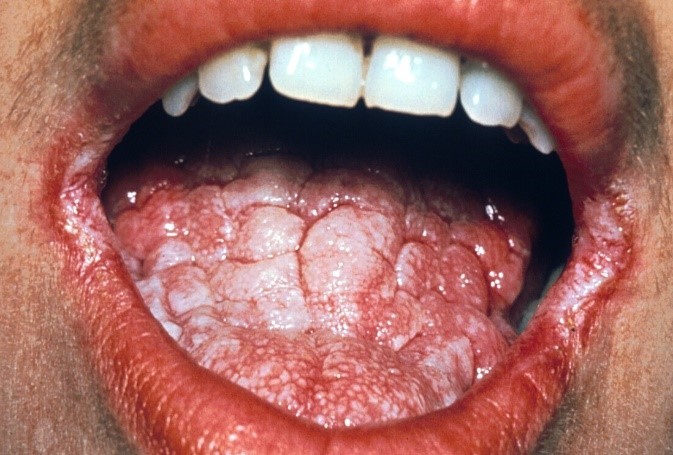 A patient suffering from chronic oral candidosis
A patient suffering from chronic oral candidosis






